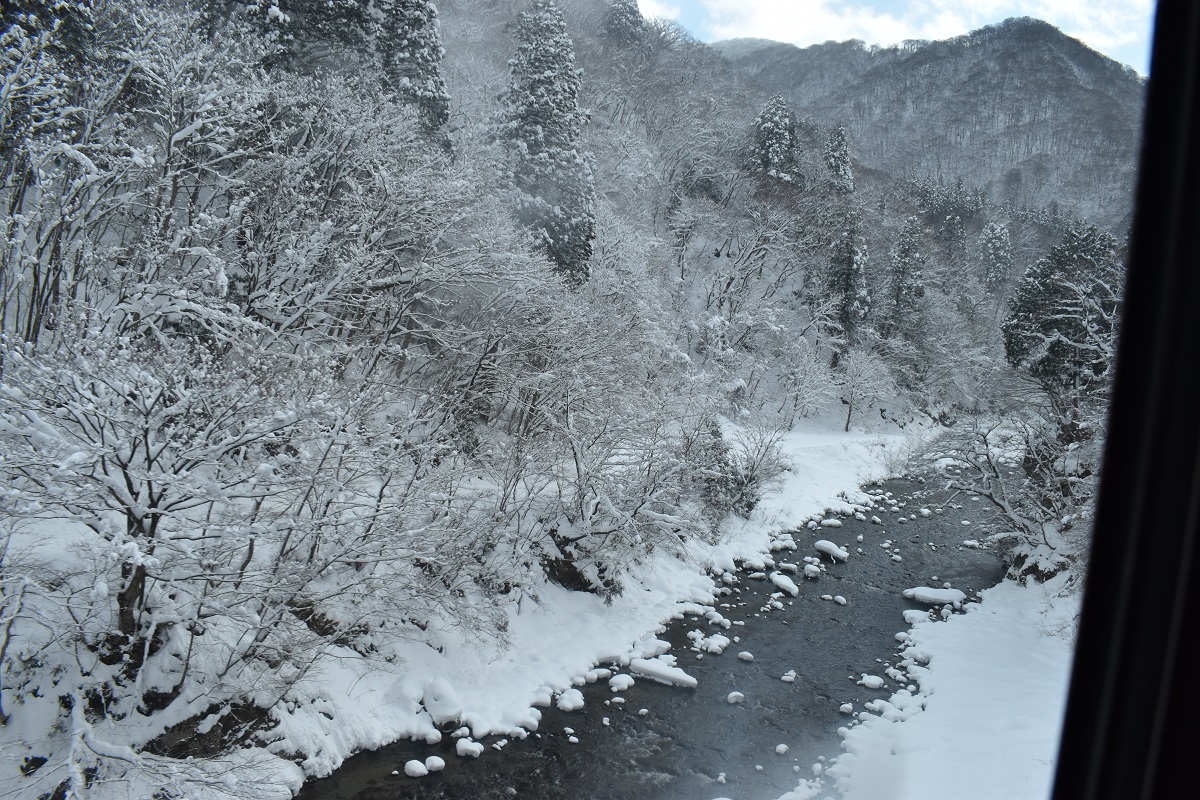
There are a lot of histrical warehouses in Kitakata City. Normaly they are used for storage but here in Kitakata the situation might be different. Warehouse is a living space and a status symbol.

Recently many sake breweries in Aizu have got prizes of sake every year, especially in Kitakata. You can visit and enjoy factory tour, tasting and walk in the garden there. Find your favorite sake in case you are not a driver, otherwise you need a capable navigator of not driving but tasting.

Floor heating system for winter

I happened to see a construction site of a snow melting system for winter. It’s like a floor heating system for a house.







































































